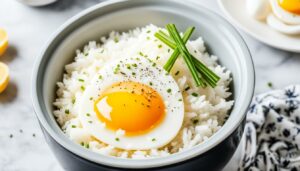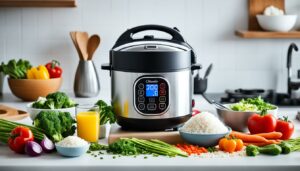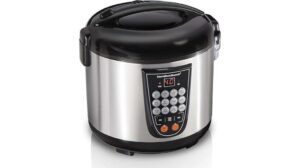I’ve always wondered if a rice cooker and a pressure cooker are the same thing. So, I decided to do some research and find out the answer.
In this article, I’ll be comparing the cooking mechanisms, cooking times, versatility, ease of use, energy efficiency, cost considerations, maintenance requirements, and safety features of both appliances.
By the end of this article, you’ll have a clear understanding of whether a rice cooker is really just a fancy name for a pressure cooker or if they’re two separate kitchen gadgets with distinct functions.
Table of Contents
Differences in the Cooking Mechanism
The main difference between a rice cooker and a pressure cooker is how they cook your food.
A rice cooker uses a simple mechanism of heating the inner pot to cook the rice evenly. It works by detecting when the water has been absorbed and automatically switching to a “keep warm” mode.
On the other hand, a pressure cooker uses high-pressure steam to cook food quickly. It traps steam inside, raising the temperature and increasing the cooking speed. This mechanism allows for faster cooking times compared to traditional methods.
The benefit of a rice cooker is that it ensures perfectly cooked rice every time with minimal effort. However, it may not be suitable for cooking other types of dishes.
In contrast, a pressure cooker can handle various recipes but requires more attention due to its high-pressure environment.
Cooking Time Comparison
When comparing cooking times, you’ll notice that a rice cooker cooks faster than a pressure cooker. Here are four reasons why:
- Efficiency: Rice cookers are designed to quickly heat up the water and maintain a steady temperature throughout the cooking process. This allows rice to cook evenly and quickly.
Simplicity: Rice cookers have a straightforward mechanism that focuses on cooking rice efficiently in minimal time. Pressure cookers, on the other hand, require additional time for building up pressure before starting the actual cooking process.
Moisture retention: Rice cooked in a rice cooker tends to retain more moisture compared to a pressure cooker. This results in softer and more tender grains with enhanced flavor.
Customization options: Many modern rice cookers offer various settings such as quick-cook or turbo mode, allowing you to further reduce cooking time without compromising on flavor and texture.
Versatility and Cooking Functions
When it comes to cooking, there are various methods that can be used to prepare meals. These different cooking methods not only affect the taste and texture of the food but also influence the cooking time required.
Additionally, modern kitchen appliances like rice cookers and pressure cookers offer multi-functional capabilities, allowing for a wide range of cooking functions beyond their traditional use.
Different Cooking Methods
To understand the different cooking methods of a rice cooker and a pressure cooker, you should consider their functions and capabilities.
As you might imagine, rice cookers are primarily designed to cook rice by using steam and heat to achieve perfectly cooked grains. They have specific settings for different types of rice, such as white rice, brown rice, or sushi rice. On the other hand, pressure cookers use high-pressure steam to rapidly cook food and can be used for a variety of cooking techniques like steaming, braising, stewing, or even baking.
The main difference in flavor between the two lies in the way they cook food. While a rice cooker ensures fluffy and moist rice with minimal effort, a pressure cooker can enhance flavors by tenderizing meats and infusing them with seasonings under high pressure.
Cooking Time Differences
The cooking time for rice in a pressure cooker is typically shorter than in a rice cooker. Pressure cookers use high heat and steam to quickly cook food, including rice, while rice cookers use lower heat and longer cooking times.
Multi-Functional Capabilities
With its ability to cook food quickly under high pressure, a pressure cooker can tenderize tough cuts of meat and reduce cooking times for beans and grains significantly. As well as this, it can be used for steaming vegetables, making soups and stews, and even baking desserts.
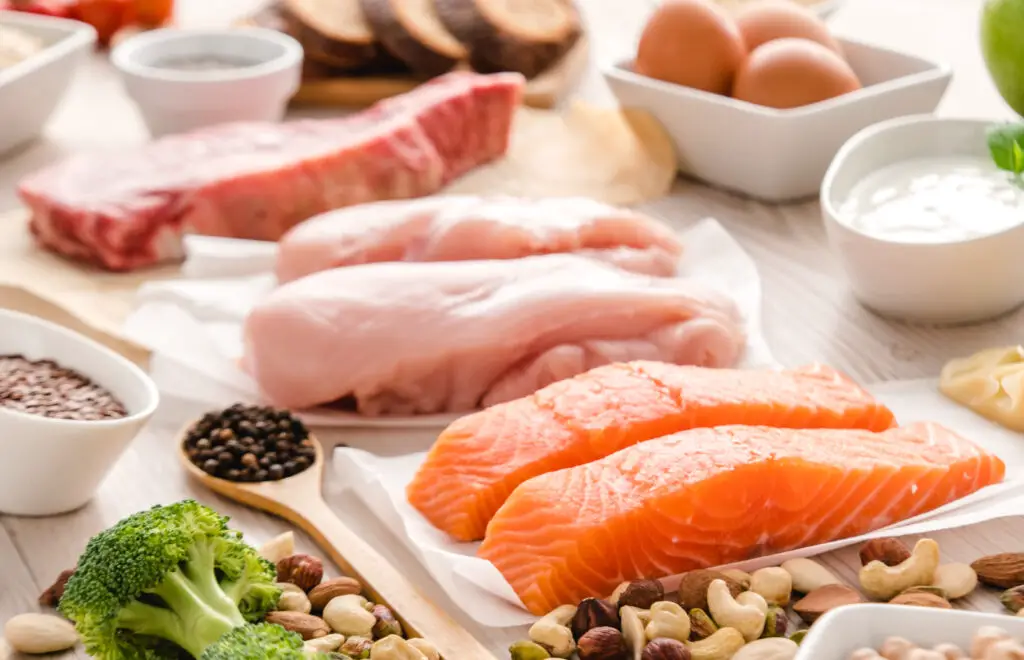
The high-pressure environment retains more nutrients in the food while imparting deep flavors. This makes it an excellent choice for busy individuals or families looking to save time without sacrificing taste or nutrition.
Overall, the multi-functional capabilities of a pressure cooker make it an indispensable tool in any kitchen.
Ease of Use and Convenience
If you’re looking for ease of use and convenience, a rice cooker is definitely the way to go. It simplifies the cooking process by automatically adjusting the temperature and timing to ensure perfectly cooked rice every time. Not only does this save you time and effort, but it also eliminates the guesswork involved in traditional stovetop cooking methods. Additionally, rice cookers are cost-effective as they consume less energy compared to using a stove or oven. They are designed to be user-friendly with simple controls and easy-to-clean components. With a rice cooker, you can set it and forget it, allowing you to focus on other tasks while your rice cooks perfectly.
| Pros | Cons |
|---|---|
| Easy to use | Limited functionality |
| Time-saving | Limited cooking options |
| Energy efficient | Takes up counter space |
| Versatile | |
| Easy to clean |
Energy Efficiency
When comparing the power consumption of different appliances, it is important to consider the environmental impact as well. In this discussion, I will explore the power consumption comparison between rice cookers and pressure cookers, and also discuss the environmental impact assessment of these kitchen appliances. By examining these key points, we can make informed decisions about which appliance is more energy-efficient and environmentally friendly.
Power Consumption Comparison
To compare power consumption, you’ll want to take a look at the wattage of both the rice cooker and the pressure cooker. Here are some key points to consider:
- Wattage: Rice cookers typically have lower wattage compared to pressure cookers. This means they consume less power during operation.
- Cooking time: Pressure cookers can significantly reduce cooking time due to their ability to build up high pressure. This shorter cooking time can lead to lower overall energy consumption.
- Size and capacity: Larger rice cookers and pressure cookers may have higher wattages, as they require more power to heat larger quantities of food.
- Energy efficiency ratings: Look for energy-efficient models that have been certified by organizations such as Energy Star. These appliances are designed to use less energy during operation.
- Additional features: Some rice cookers and pressure cookers come with energy-saving features like automatic shut-off or low-power modes.
Considering these factors will help you make an informed decision about which appliance is more energy efficient for your needs.
Environmental Impact Assessment
The environmental impact of these appliances should be considered when making a decision.
When it comes to energy consumption, both rice cookers and pressure cookers are relatively efficient. Rice cookers use electricity to cook rice by heating the inner pot, while pressure cookers use heat and steam under high pressure to speed up the cooking process.
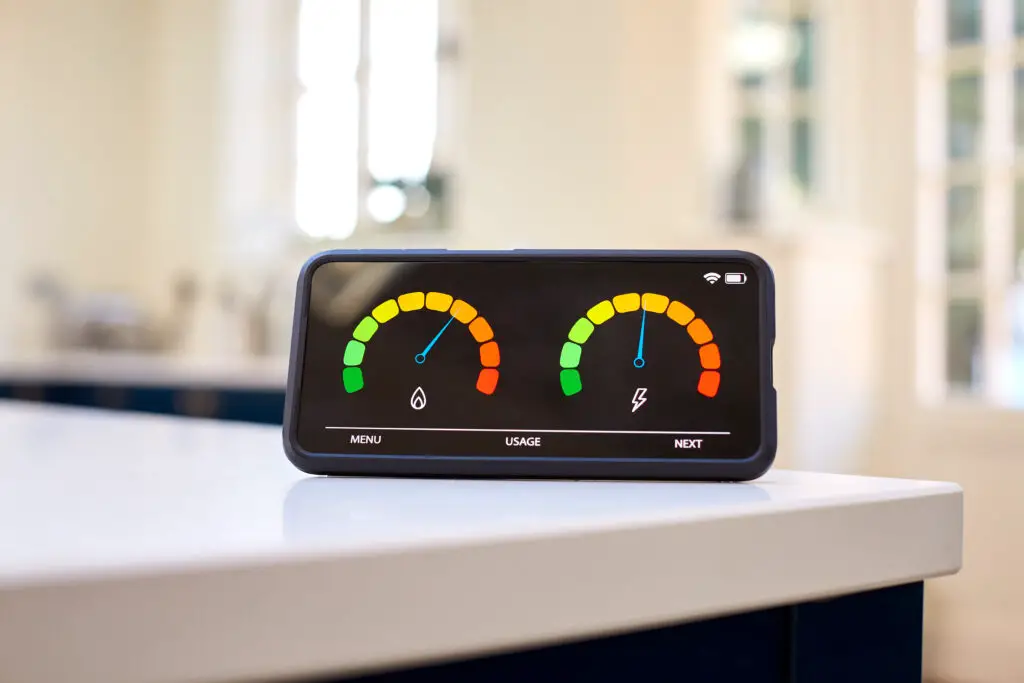
However, in terms of waste management, there is a slight difference between the two. Rice cookers typically produce less waste as they only require water and rice for cooking.
On the other hand, pressure cookers may generate additional waste due to the use of sealing rings or gaskets that need replacement over time. It’s important to weigh both factors when deciding between these appliances to make an environmentally conscious choice.
Capacity and Serving Size
If you want to cook larger portions or serve a bigger crowd, you might consider getting a rice cooker with a higher capacity. When comparing the capacities of different rice cookers, it’s important to evaluate your portion size needs and determine how many people you typically cook for. Here are some factors to consider:
- Capacity comparison: Look for rice cookers that can hold more cups of cooked rice. Some models offer capacities ranging from 3 cups to 10 cups or even more.
- Portion size evaluation: Think about the amount of rice you usually consume per meal and how much leftovers you prefer to have. This will help you decide on the appropriate capacity for your needs.
- Cooking versatility: Consider whether you’ll be using the rice cooker solely for cooking rice or if you’d like additional features like steaming vegetables or making soups.
- Space limitations: Take into account the available counter space in your kitchen and choose a size that fits comfortably.
Cost and Budget Considerations
When it comes to cost and budget considerations, comparing the prices of rice cookers and pressure cookers can help make an informed decision. While both appliances may vary in price depending on their features and brand, generally speaking, rice cookers tend to be more affordable than pressure cookers.
To illustrate this further, here is a cost comparison table between rice cookers and pressure cookers:
| Rice Cooker | Pressure Cooker | |
|---|---|---|
| Average Price Range | $20 – $100 | $50 – $200 |
| Features | Basic functions for cooking rice | Multiple cooking functions including rice, meat, soups |
It’s also important to consider performance evaluation when evaluating costs. While rice cookers excel at perfectly cooked grains of rice every time, pressure cookers offer versatility with their ability to tenderize tough cuts of meat or quickly prepare soups and stews. Ultimately, the choice between a rice cooker or a pressure cooker will depend on your specific needs and budget.
Maintenance and Cleaning
When it comes to maintaining and cleaning household appliances, there are a few key points to keep in mind. First, proper cleaning techniques can help prolong the lifespan of your appliances and ensure they function optimally. Second, I’ll share some maintenance tips and tricks that can make your life easier and save you time and money in the long run. Finally, it’s important to be aware of common cleaning mistakes that people often make so you can avoid them and achieve the best results.
Proper Cleaning Techniques
To ensure optimal performance, it’s important to regularly clean your rice cooker and pressure cooker according to the manufacturer’s instructions. Cleaning these appliances not only helps maintain their efficiency but also ensures that your food remains safe and free from any contaminants. Here are some proper cleaning techniques to follow:
- Use mild cleaning products: Avoid using harsh chemicals or abrasive cleaners that can damage the surface of your cookers.
- Clean after each use: To prevent buildup and stains, make it a habit to clean your cookers after every use.
- Deep clean periodically: In addition to regular cleaning, perform a deep clean at least once a month by removing any detachable parts and soaking them in warm soapy water.
Common Cleaning Mistakes
Avoid making the mistake of using abrasive cleaners on your appliances, as this can cause damage to the surfaces. When it comes to cleaning your appliances, especially those with delicate finishes, it’s important to use proper cleaning techniques. Here are three essential cleaning tips to keep in mind:
Use gentle cleansers: Opt for mild dish soap or a mixture of vinegar and water to clean the surfaces of your appliances. These solutions are effective at removing dirt and grime without causing any harm.
Avoid harsh scrubbing: Instead of vigorously scrubbing the surfaces, gently wipe them down with a soft cloth or sponge. This will prevent scratching and preserve the appearance of your appliances.
Regular maintenance: Make it a habit to clean your appliances regularly, rather than waiting for excessive buildup. By doing so, you’ll be able to maintain their functionality and prolong their lifespan.
Safety Features and Concerns
The safety features of a rice cooker and a pressure cooker are important to consider. Both appliances have specific safety precautions in place to prevent potential hazards.
Rice cookers usually come with a locking lid mechanism that ensures it remains tightly sealed while cooking. This feature prevents any accidental spillage or steam release during the cooking process, reducing the risk of burns or scalds.
Additionally, most rice cookers have an automatic shut-off function that turns off the heating element once the rice is cooked, preventing overheating or burning of the food.
Pressure cookers, on the other hand, have additional safety measures such as pressure release valves and locking systems that prevent opening the lid until all pressure has been released. These features minimize the risk of explosions and ensure safe usage of these appliances in your kitchen.
Choosing the Right Appliance for Your Needs
When deciding between a rice cooker and a pressure cooker, it’s important to consider your specific needs and cooking preferences. Both appliances have their advantages and can be valuable additions to any kitchen. In terms of cost comparison, rice cookers tend to be more affordable compared to pressure cookers. However, pressure cookers offer versatile cooking techniques and can be used for a wide range of dishes beyond just cooking rice. With its ability to quickly tenderize tough cuts of meat and reduce cooking times for beans and grains, a pressure cooker is perfect for those who want fast results without compromising on flavor or texture. On the other hand, if you primarily consume rice-based meals or prefer simplicity in your cooking routine, then a rice cooker might be the better choice for you.
Frequently Asked Questions
Are Rice Cookers and Pressure Cookers the Same Size?
No, rice cookers and pressure cookers are not necessarily the same size. While some pressure cookers may have a rice cooking function, it is important to check their capacity before using them for cooking rice.
Can a Pressure Cooker Be Used to Cook Rice?
Yes, you can cook rice in a pressure cooker. It offers the benefit of faster cooking time and retains more nutrients compared to traditional methods.
What Is the Maximum Cooking Temperature of a Rice Cooker?
The maximum cooking temperature of a rice cooker varies depending on the model, but it typically ranges from 200 to 220 degrees Fahrenheit. Rice cookers are suitable for cooking various types of rice, including white, brown, and even sushi rice.
Do Rice Cookers and Pressure Cookers Have a Similar Cooking Capacity?
Rice cookers and pressure cookers can have similar cooking capacities, but they are not the same. While both can cook rice, pressure cookers offer more versatility with their ability to cook a wide variety of foods under high pressure.
Can a Pressure Cooker Be Used to Cook a Variety of Dishes Like a Rice Cooker?
A pressure cooker can be used to cook a variety of dishes, but it may not have the same benefits as a rice cooker. While both appliances can cook rice, a rice cooker is specifically designed for optimal rice cooking results.
Conclusion
In conclusion, while both a rice cooker and a pressure cooker serve the purpose of cooking food, there are notable differences between the two appliances. A rice cooker is designed specifically for cooking rice and relies on a simple mechanism to steam the grains perfectly. On the other hand, a pressure cooker offers more versatility with various cooking functions and can significantly reduce cooking time. Ultimately, choosing the right appliance depends on your specific needs and preferences in terms of convenience, efficiency, budget, and desired cooking options.




